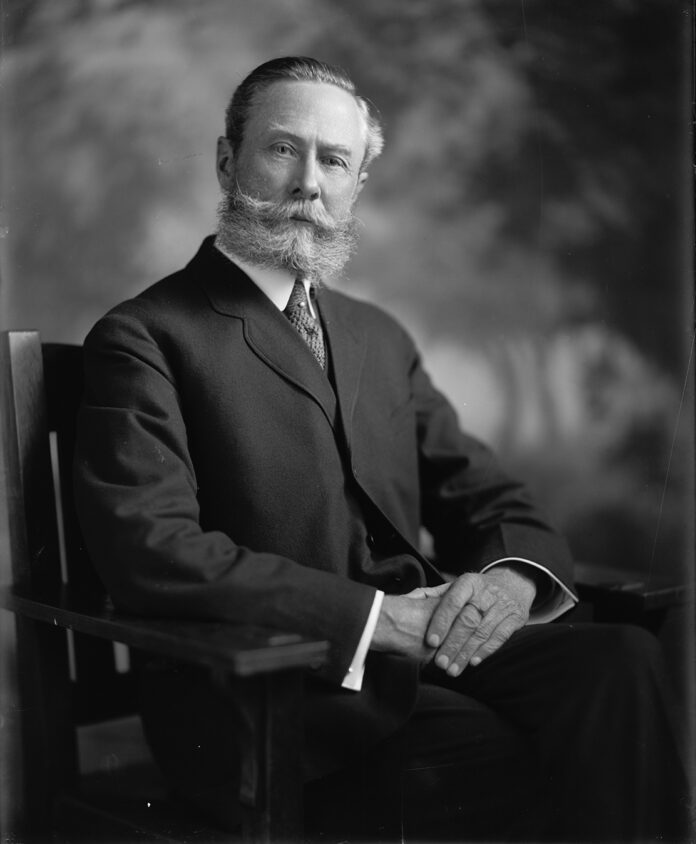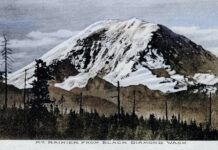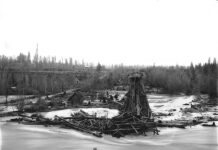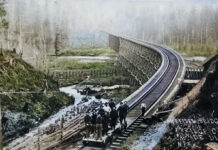While Native Americans, early prospectors and miners discovered the first coal seams in Western Washington, it took professional geologists like Bailey Willis to develop a fundamental knowledge of how the seams lay and why they rarely followed conventional expectations. The contributions of early geologists gave investors the confidence to pour money into the mining ventures which led to the growth of Washington’s coal industry and the development of dozens of towns, especially in King and Pierce Counties. Bailey Willis was one of the most important.
Born at Idlewood-on-Hudson, New York in 1857, Willis was the son of a well-known journalist, poet, and essayist, Nathanial Parker Willis whose Puritan ancestors settled in Boston in 1630. At age 13, Willis was taken to England and Germany for four years of schooling that yielded a ready command of the German language. At the time German science and culture led the world. Upon returning from Europe, he enrolled at Columbia University where he received two engineering degrees. In 1879 at age 22, Willis was appointed to the Northern Transcontinental Survey. The survey crew accompanied the Northern Pacific Railroad from 1881 to 1884 as the rail line pushed further west reaching Tacoma by a roundabout route coming north from Kalama. The Stampede Pass passage following the Green River to Palmer-Kanaskat would take a few more years to complete.
After the railroad went bankrupt in 1884, Willis joined the U.S. Geologic Survey’s Division of Mining. Under Raphael Pumpelly, Willis was designated a special agent to study Washington’s coal fields. Surveys were made, test pits dug into coal exposures, samples collected, drilling undertaken, and geologic studies produced. The survey parties often worked in areas so thick with old-growth trees and vegetation that progress was difficult. Yet, test pits sunk in the Wilkeson coal field exposed more than 700 cross-sections of coal seams. Willis’ work helped delineate the complicated structure of the east Pierce County coal field. During these years, Willis and his party cut a trail up the Carbon River to Spray Park that helped spearhead an effort to establish a national park around Mount Rainier.
In 1897, Bailey Willis published, “Some Coal Fields of Puget Sound” which provided detailed descriptions of four coal mining areas: Newcastle-Issaquah, Renton-Cedar River, Green River-Black Diamond-Franklin, and the Wilkeson-Carbonado district. His work paved the way for a second generation of geologists like George Otis Smith, E. Eggleston Smith, George Watkin Evans, and Joseph Daniels who continued his pioneering work to understand Washington’s complex coal beds. After leaving the state, Willis continued his earth science career in various parts of the world including China, Argentina, East Africa, and Stanford University, while receiving many awards and honors before his death at 91 in 1949.
This column is indebted to Zach Pratt, for introducing the talents and contributions of Bailey Willis. Pratt is a local geologist who regularly delivers lectures at the Black Diamond Historical Museum. A recent presentation highlighted Willis’ contributions as he was the first among many rock hounds who performed the critical research to better understand Washington’s geology in the late 1800s and early 1900s.







